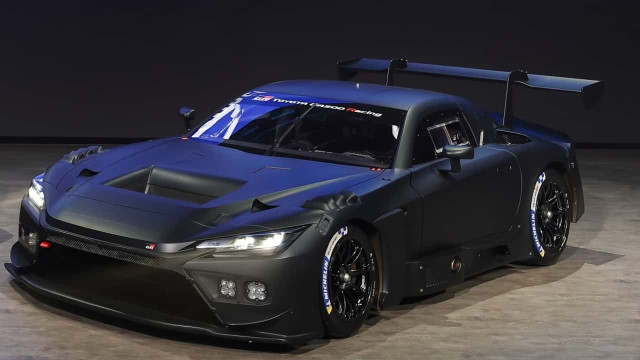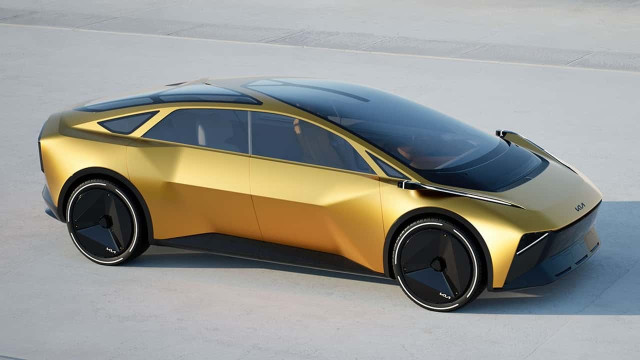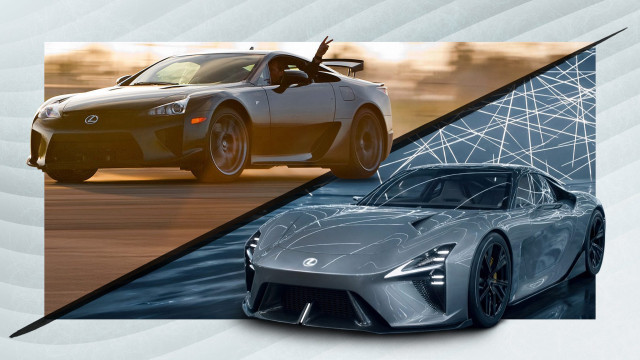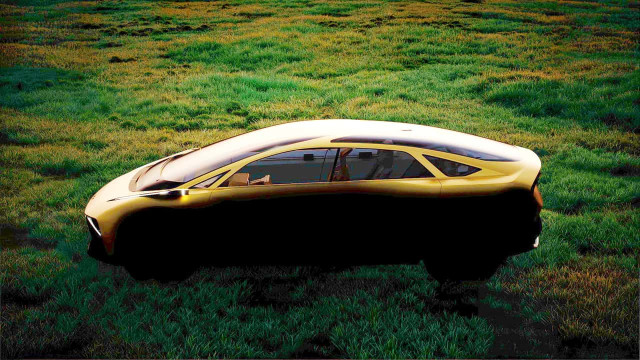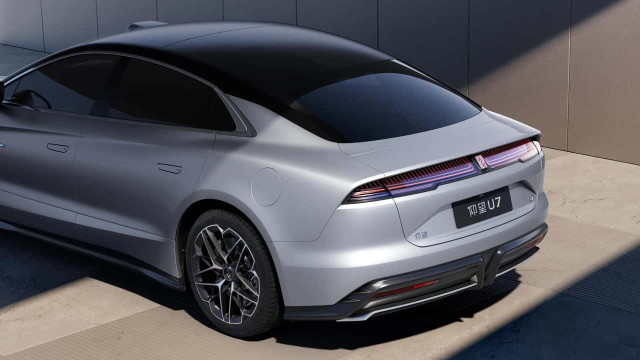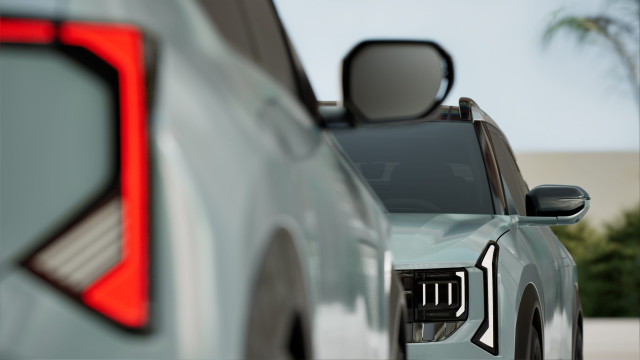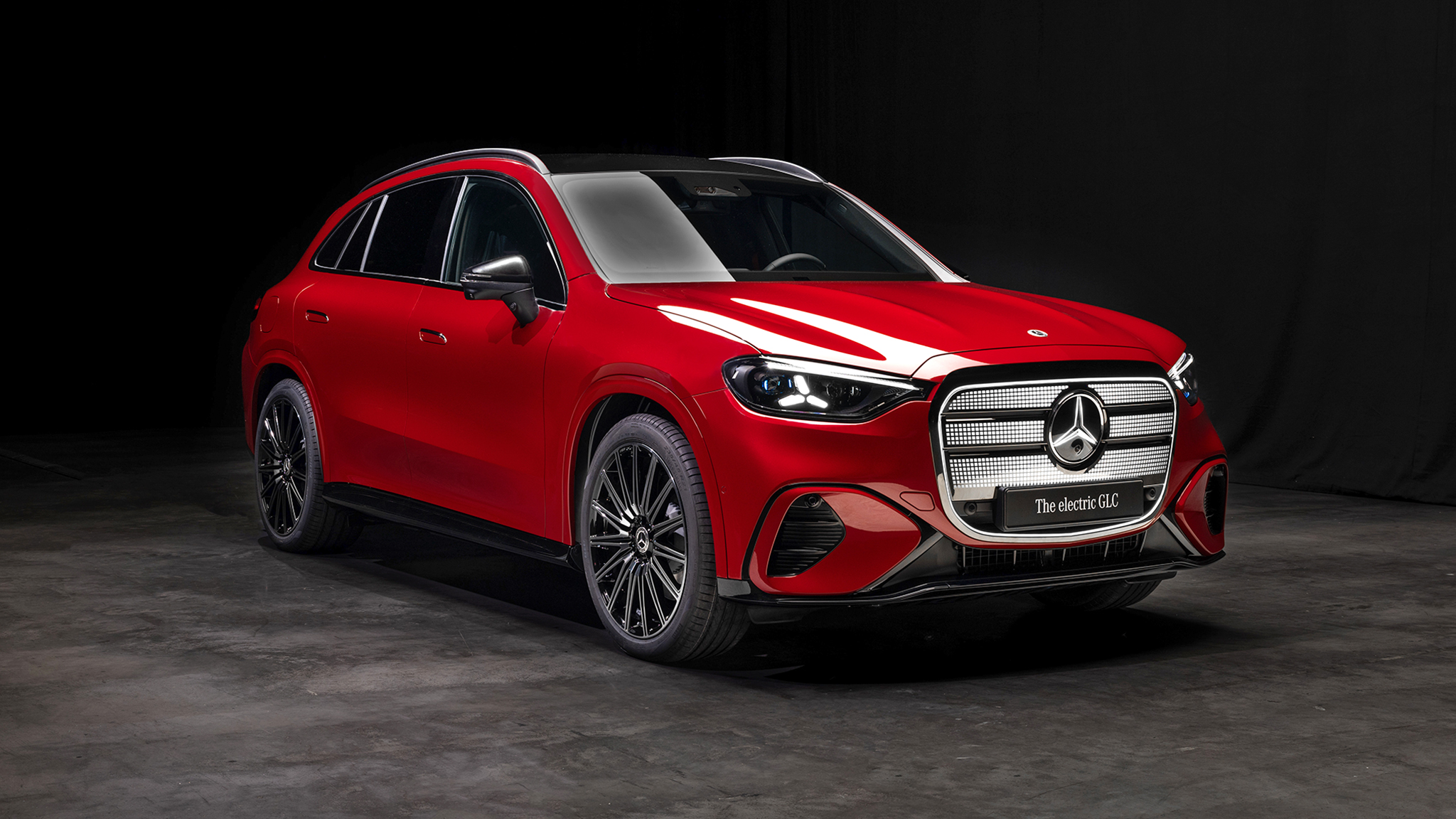Mercedes-Benz Launches 2027 GLC, Kicking Off a Major Expansion of New Models
At the IAA Mobility exhibition in Munich, Mercedes-Benz unveiled its latest design language with the introduction of the 2027 GLC, an electric compact luxury SUV. This model serves as the first step in an ambitious plan to release 40 new vehicles by the end of 2027, marking the company's largest product investment ever, announced Ola Källenius, the company's board chairman.
The 2027 GLC is built on the new MB.EA architecture, providing a versatile foundation for a wide range of upcoming and existing models, including the C-Class, E-Class, S-Class, and their SUV counterparts.
Future Releases on the Horizon
The next model in line is the refreshed C-Class compact luxury sedan, anticipated to arrive next year with an impressive 497-mile range, as stated by Chief Technology Officer Markus Schäfer. Following the C-Class, the new generation of the E-Class midsize sedan and the flagship S-Class full-size sedan are also set to receive significant updates.
Expanding the Mercedes-Benz Portfolio
Later this year, Mercedes-Benz will introduce the all-new 2026 CLA, built on the company’s new Mercedes Modular Architecture (MMA) platform. This will be followed by the launch of the Mercedes-Benz GLB three-row SUV next year, and subsequently the smaller two-row GLA.
In a departure from the earlier Mercedes EQ electric models, which were visually distinct from their internal combustion engine counterparts, the new lineup will feature uniform designs regardless of the powertrain. Electric variants will simply include “with EQ technology” in their names.
Markus Schäfer explained that initially, it was important for electric vehicles to have a distinct appearance from combustion engine models. However, the focus has now shifted to allowing customers to choose their preferred model and drivetrain without visual differences.
Gorden Wagener, Chief Design Officer for the Mercedes-Benz Group, highlighted that the era of distinguishing EVs as progressive and uniquely styled vehicles has ended. “I don’t want to differentiate between EVs and ICE anymore. We have unified our design language. Brand identity is what matters now,” he stated.
Mathias Geisen, the board member responsible for marketing and sales, supported this approach, noting that having a single design and name for each vehicle simplifies marketing and sales strategies.
